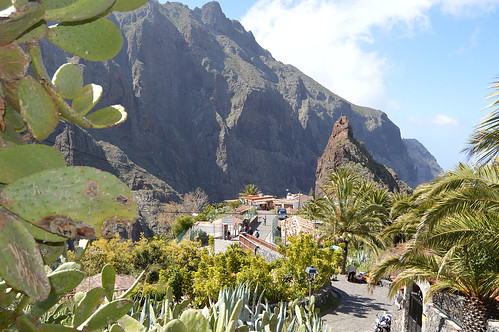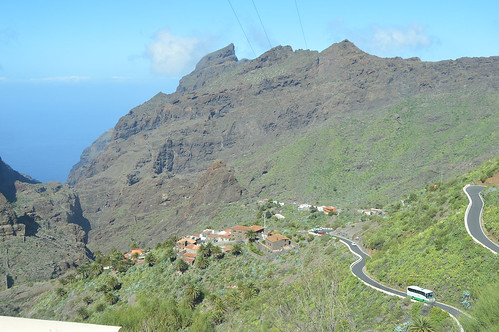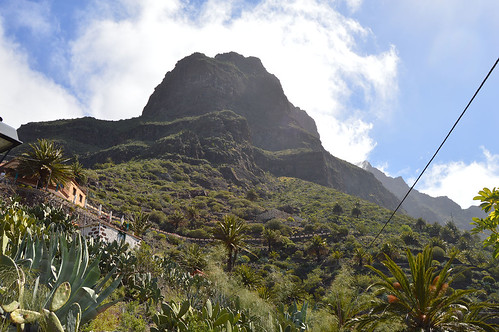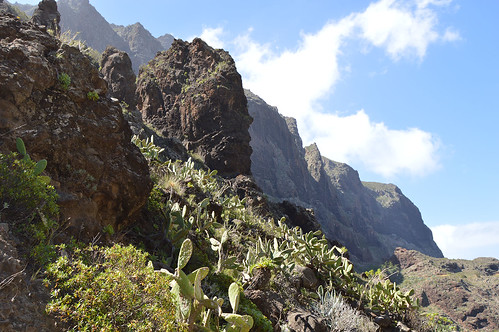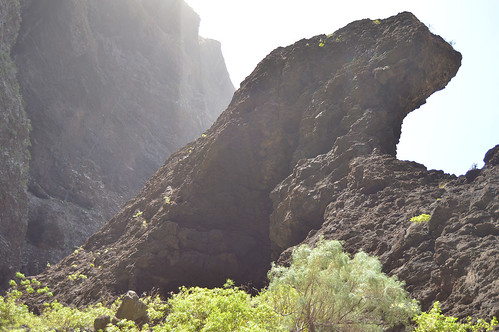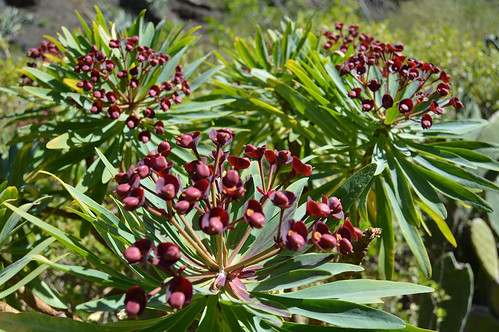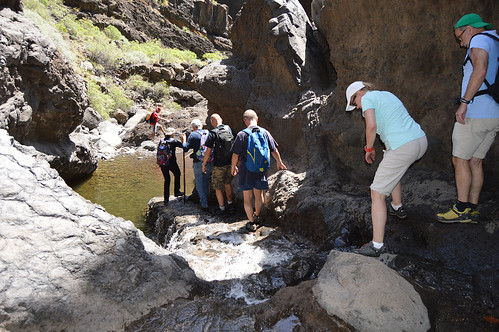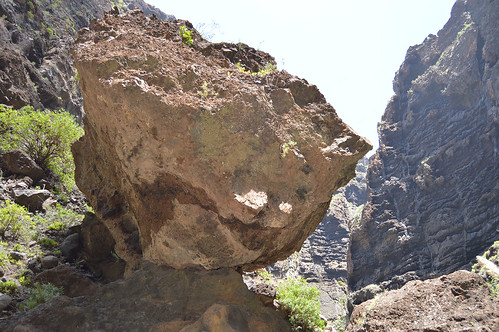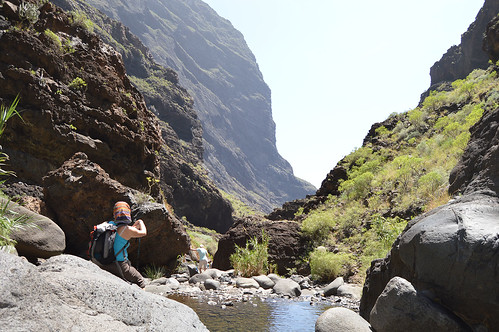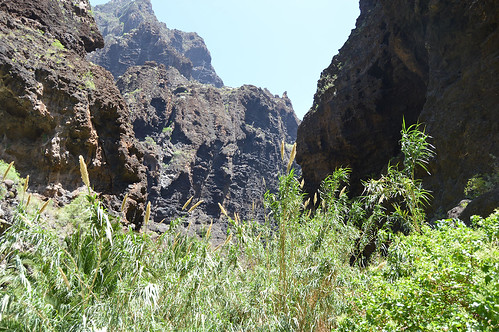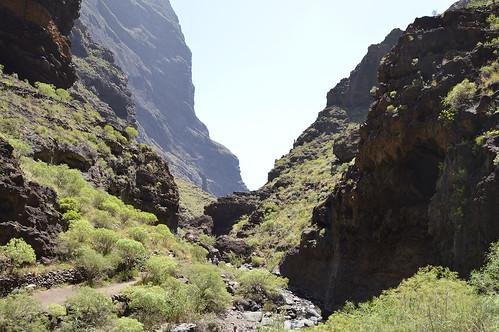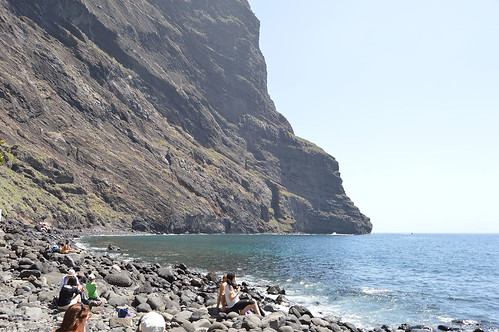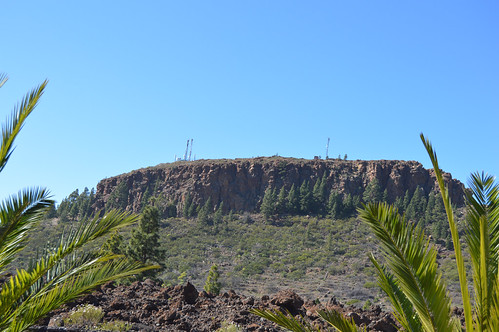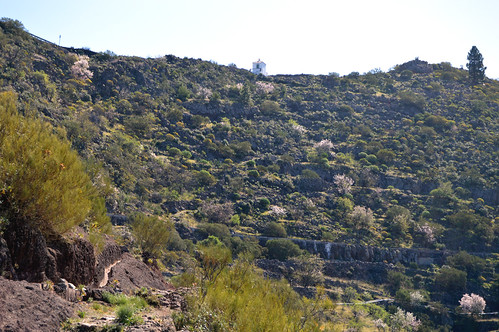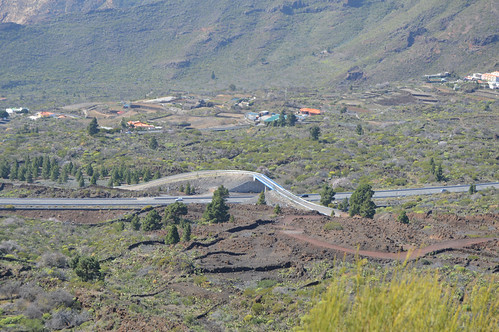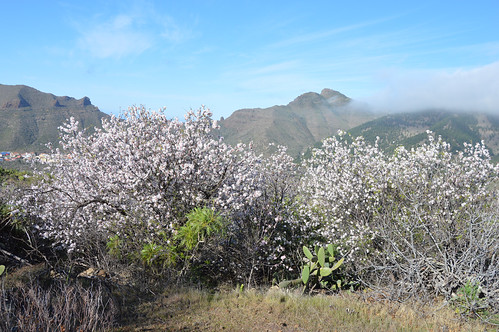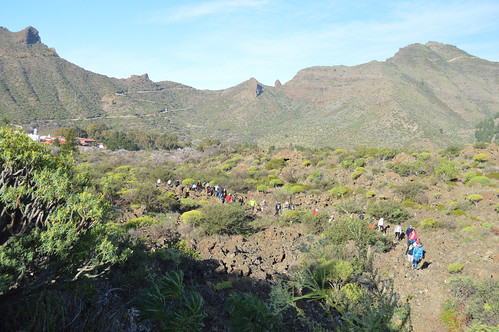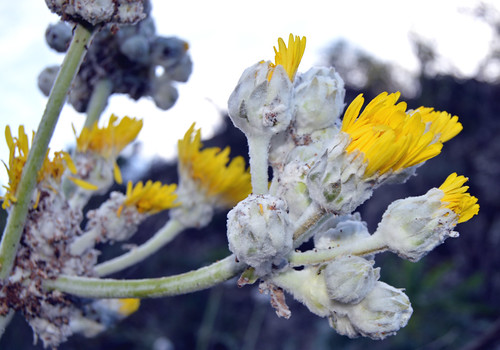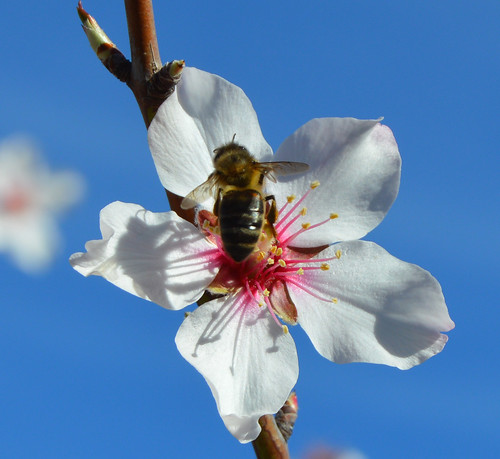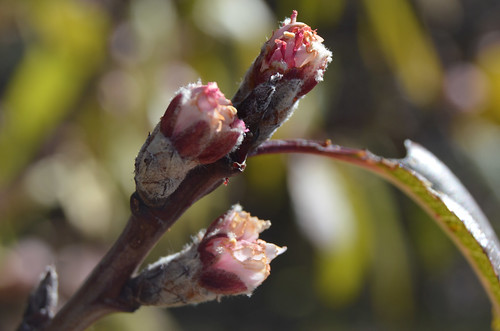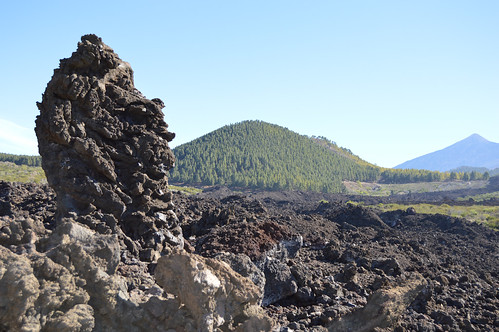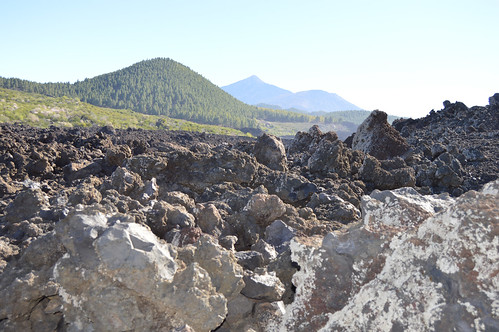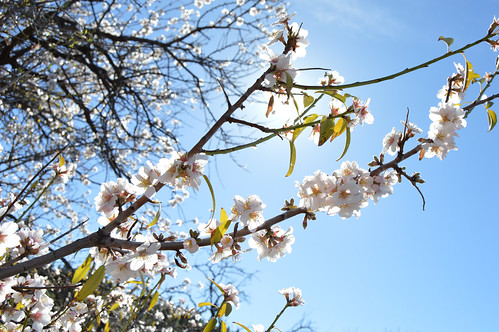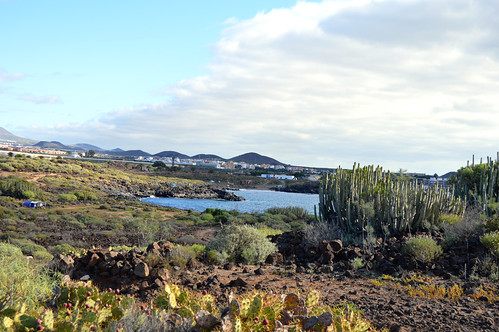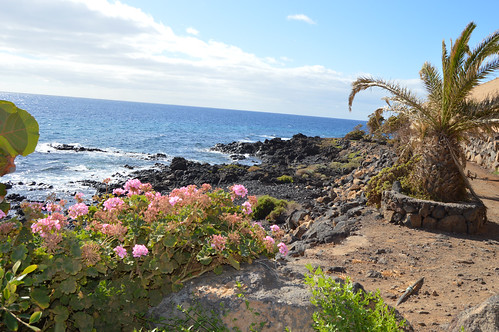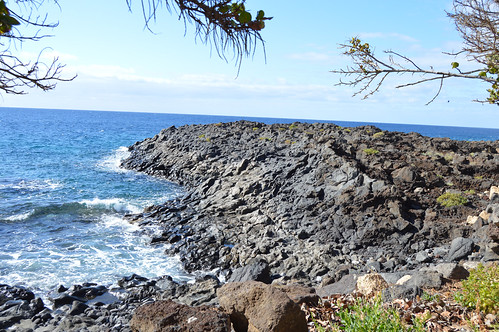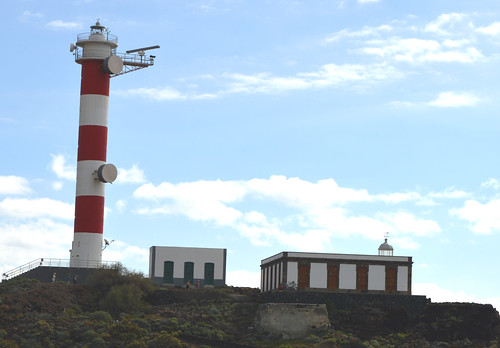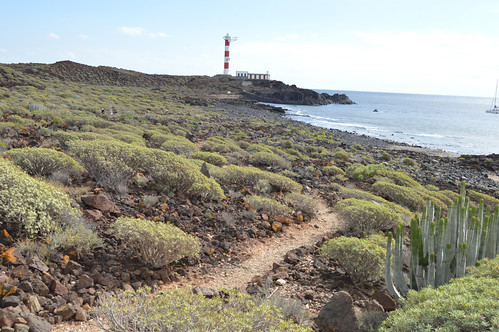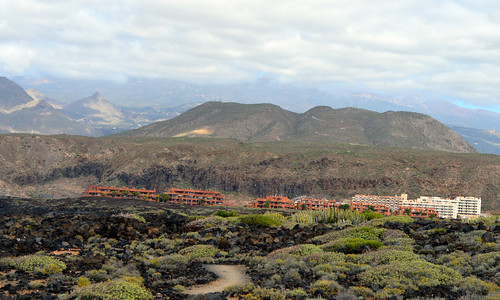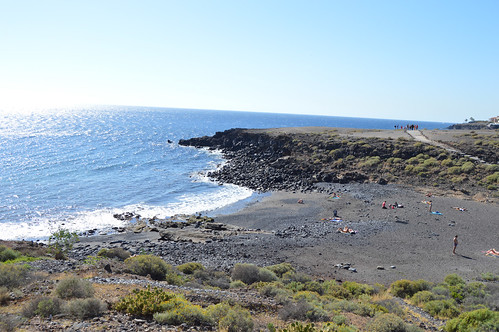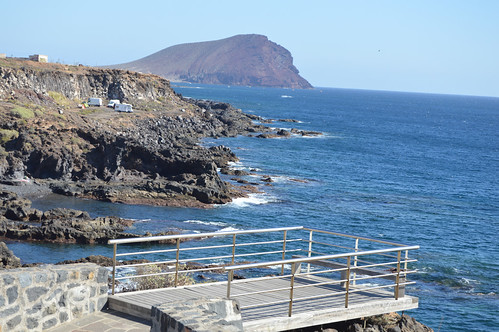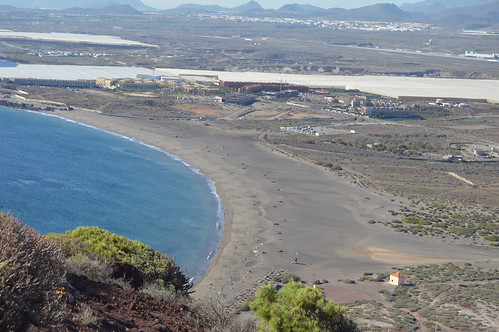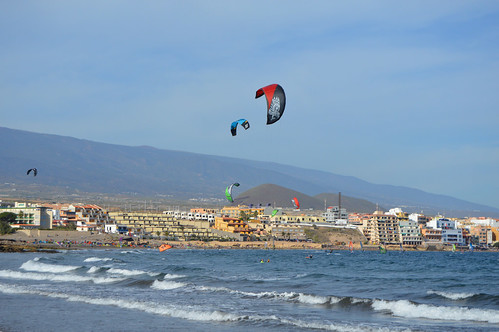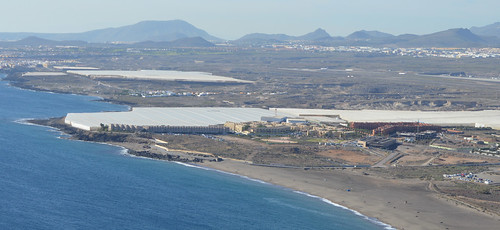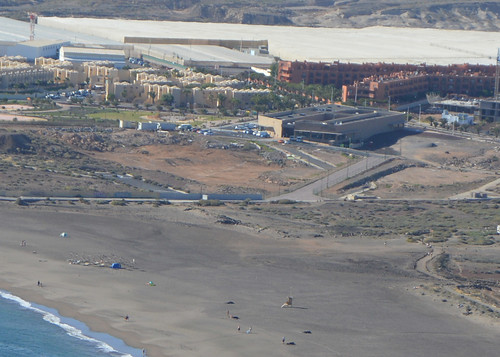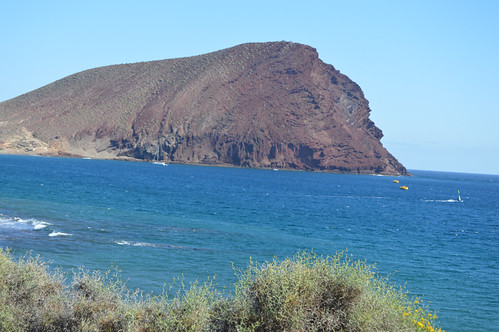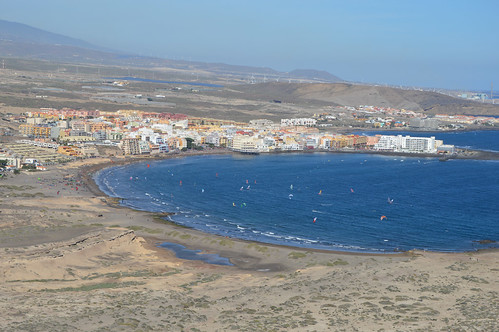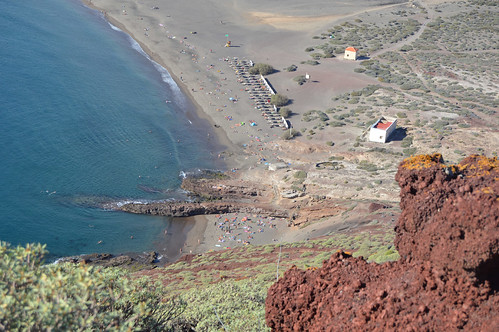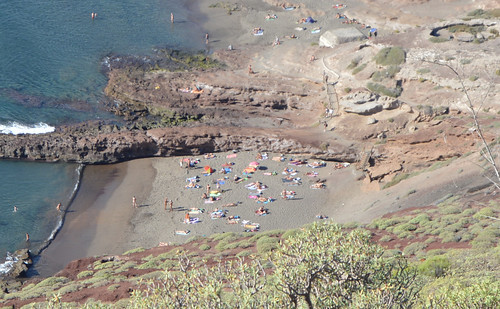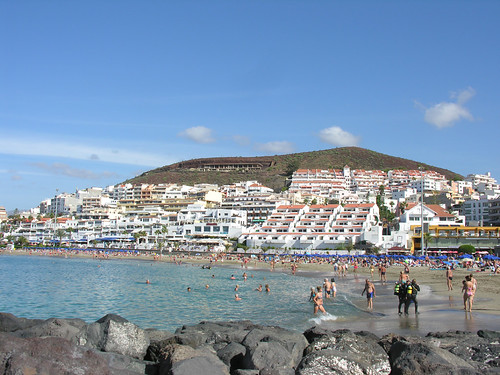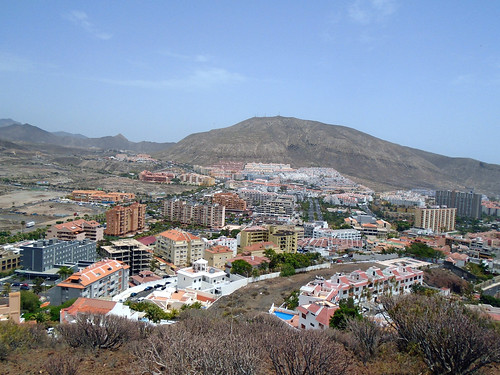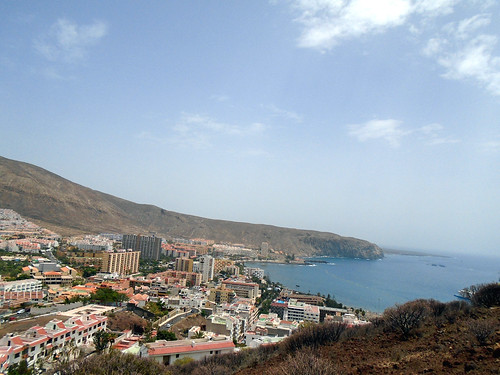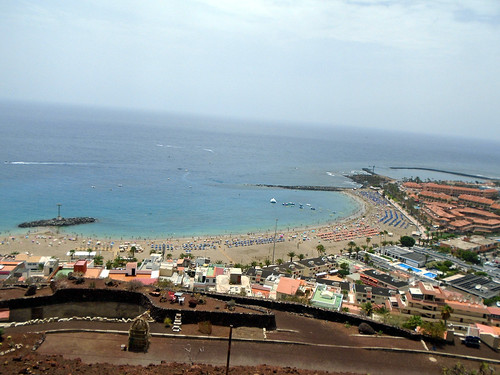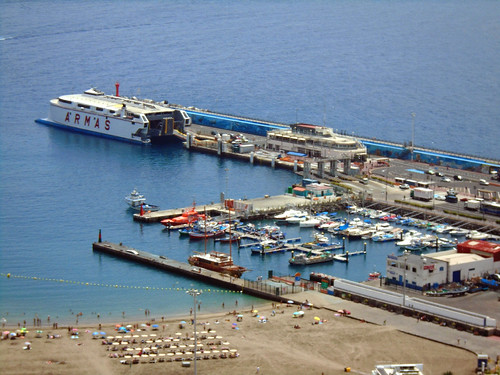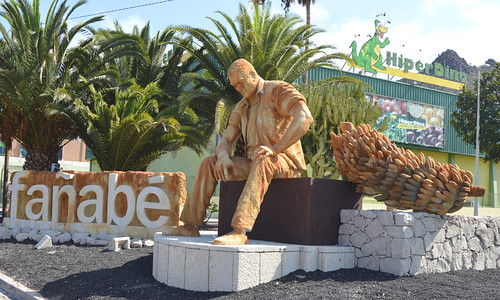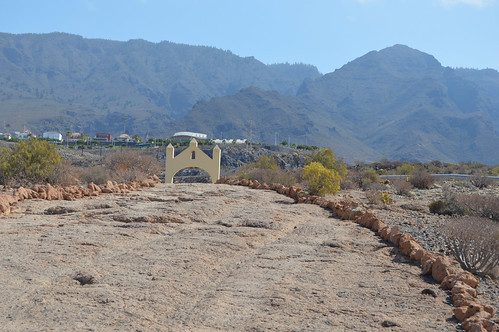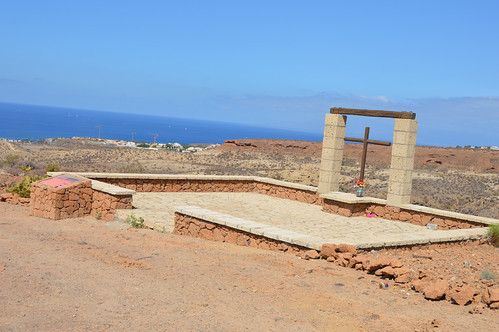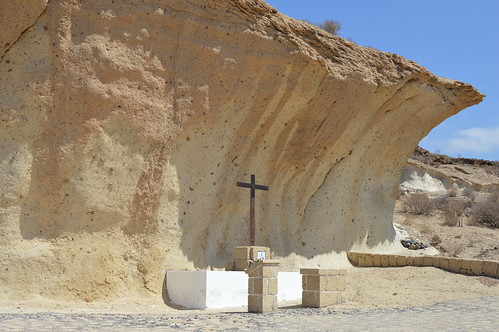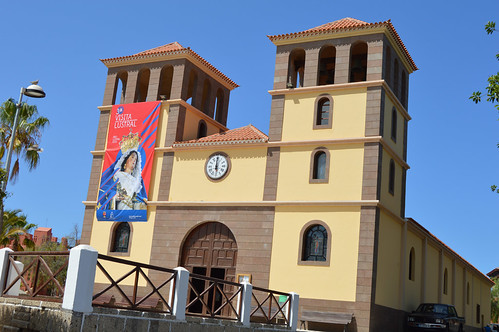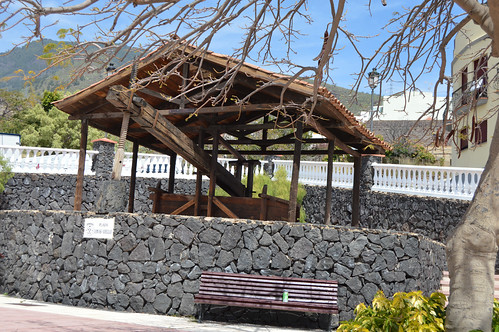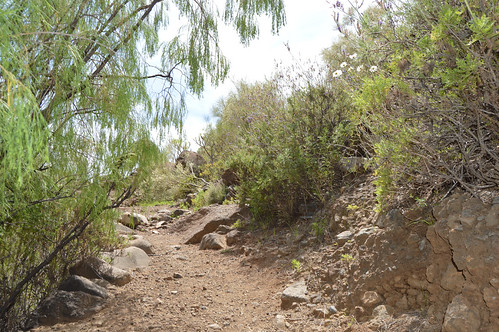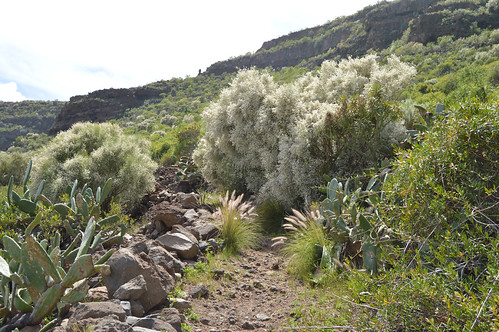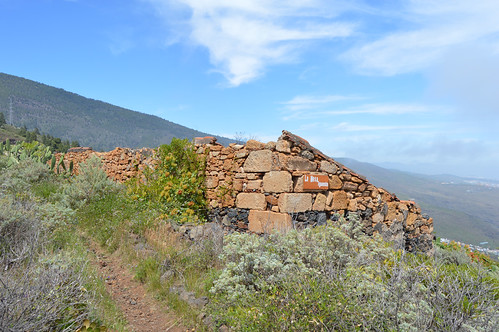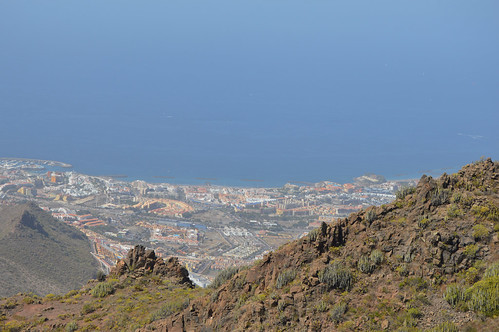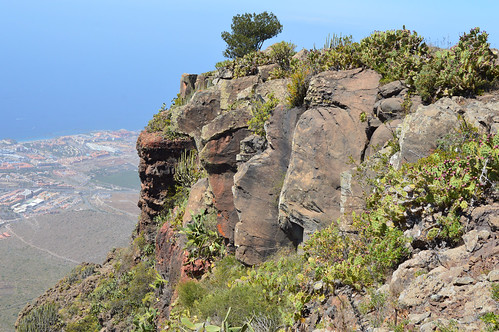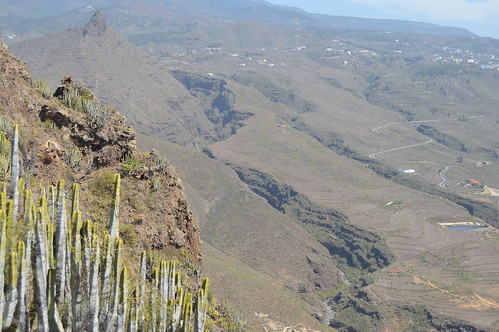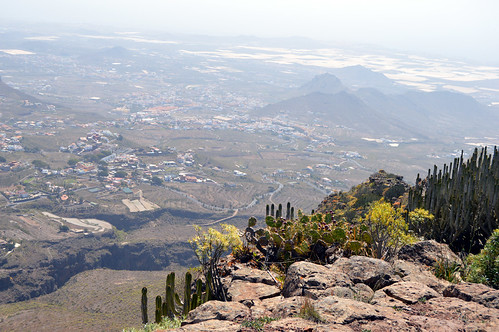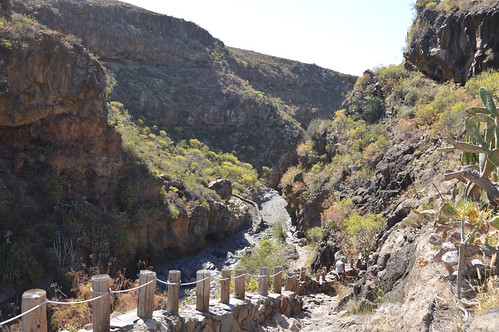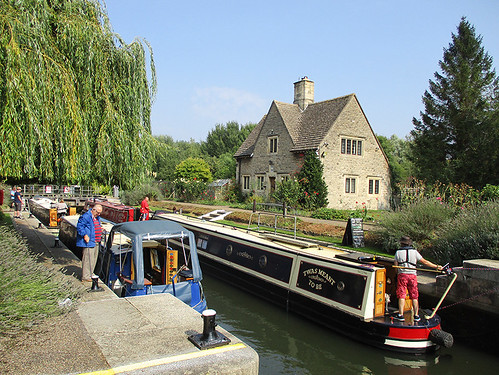
Enough feathers to stuff a warehouse clearance of MFI beds and more quacks than a dodgy doctors convention. There we were surrounded by hungry ducks waddling towards us demanding their daily bread. That’s probably how it would look in a cheap horror film but they were quite cute and more like an eager welcoming committee as we crossed over the Thames at Iffley Lock half way through a sunny September stroll.
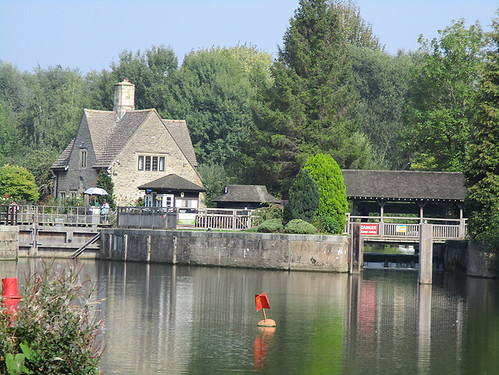
Iffley is a delightful village about 2 miles outside Oxford city centre, walking off the busy main road I met my former work friend Christine in the shade of the tree lined Iffley Turn. Other small feeder road names like Stone Quarry Lane were clues to the history and sheer beauty around us. Old stone cottages with thatched roofs were joined by new dream home developments that padded out the village. Walking further into the village we passed a few horses in a paddock and a couple of tempting pubs before reaching the old church.
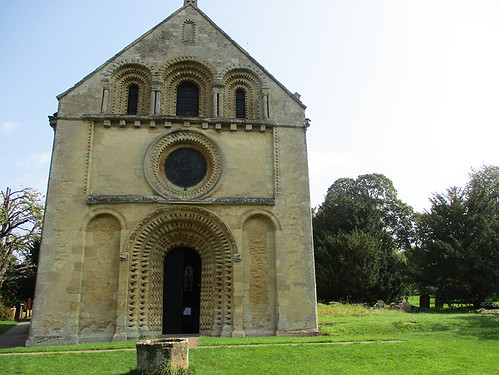
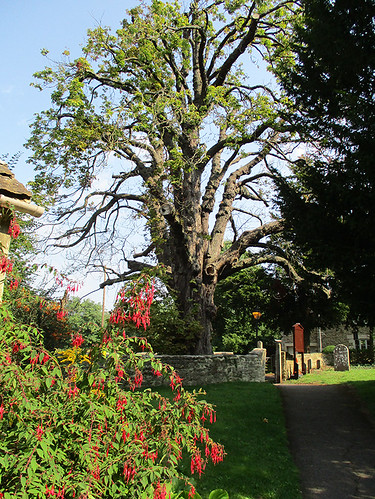
A large twisted oak tree stood guard and reminded me of an infant school trip so many years ago when a thunder storm raged as we sheltered briefly under the then larger spread of branches before common sense and a church warden ushered us into a nearby dry barn. On this modern visit the graveyard looked a little neglected with the long grass lapping at the memorial stones. As we walked around I noticed a figure huddled in a hedgerow and thought it was someone sleeping rough, closer inspection showed it was a chap sketching away on a large pad of paper. The church and its setting is certainly an inspiring sight and the serene feel must get the creative juices flowing.
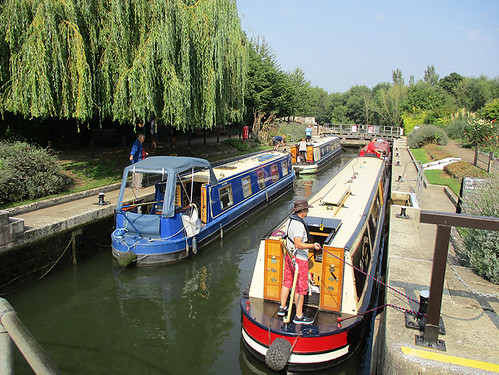
Moving on we took the tight turn further down the lane over the old weir and across the first part of the lock. Several narrow boats were negotiating their way through the gates and we waited for them to pass before crossing over to get the full splendour of the lock keepers lodge, and the river stretching ahead in either direction. Once on the other bank the ducks came calling, no wonder they were keen, Christine confessed she had fed them generous amounts of bread on previous visits. With as much grace as I could muster I walked down a few stone steps until just above the water line to get a photo of an old mooring point disguised as an Oxon’s head, the ring to tie up to was long gone. The plan was a food and drink stop at The Isis (the name given to the Thames as it passes through Oxford), a lovely riverside pub a bit further downstream towards Donnington Bridge.
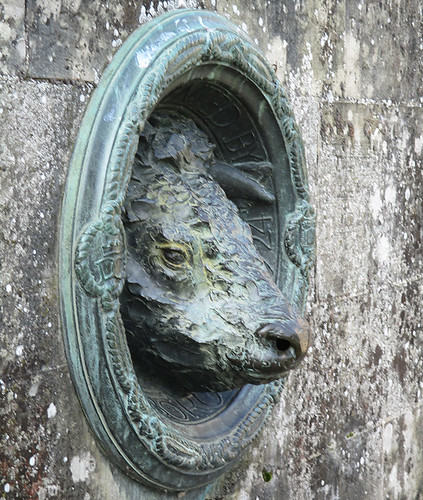
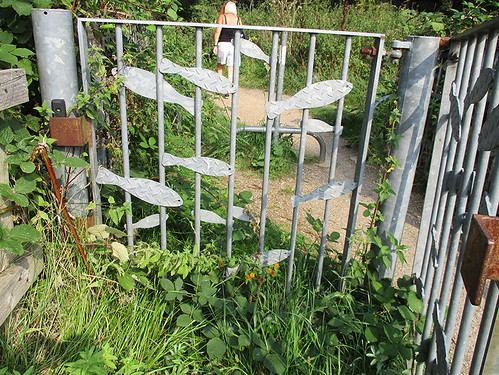
Our timing wasn’t good, the pub wasn’t going to open until later in the afternoon, so it was an about turn to follow the footpath the other way along the bank as it headed off to Sandford and eventually Abingdon. Some older, less loved narrow boats were moored along the way and horse chestnut trees provided a carpet of conkers bursting out of their prickly green jackets. Quite a few cyclists were also using the path as we veered off to take the bridge over the railway track and into Kennington. I had mixed memories of my time living there and The Tandem pub stirred a few flashbacks as we popped in and ordered some food. We sat out the back on the decking in the garden and soon realized how frequent the trains were on the main line to London. Suitably refreshed we retraced our steps back over the railway line, stopping to admire the fish design on the gate. We were soon back in Iffley village again, a nice gentle walk and a lovely way to revive thoughts of long hot Oxford summers from years ago.
